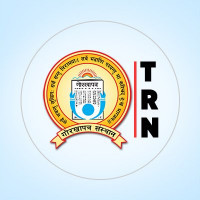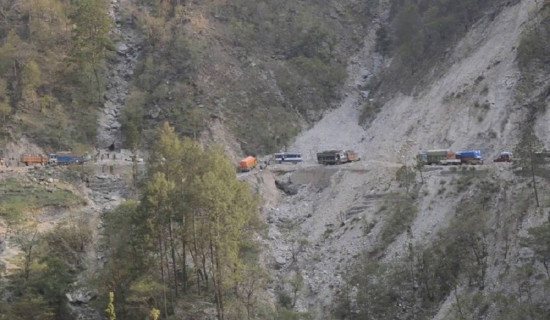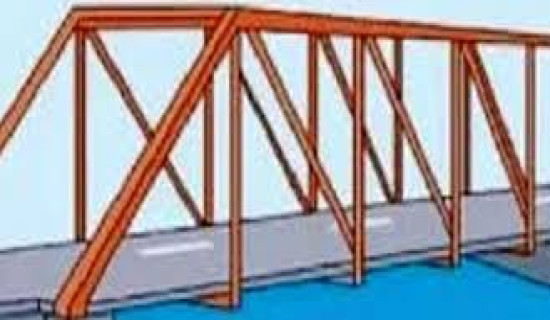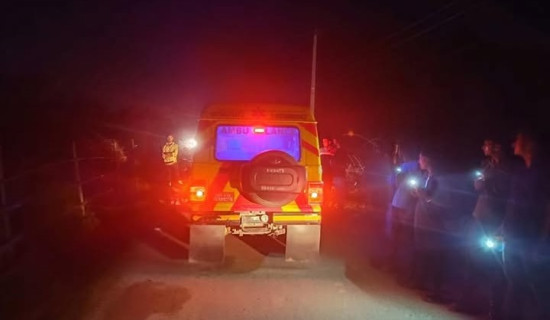- Friday, 4 July 2025
Ring Road Expansion
The Kathmandu Valley has seen an unprecedented influx of people from all over the country as all the infrastructures, services and facilities have been concentrated in the Valley. The Ring Road, constructed in 1997, could not cater to the growing population's needs and the pace of rapid urbanisation. The 27-km-long Ring Road became congested with traffic jams, prompting the need to expand it. The Ring Road expansion was crucial to improve transportation infrastructure within the city, which is home to almost five million people.
The first phase of the Ring Road expansion project, connecting Koteshwor to Kalanki, started in 2012 and was completed in 2018. However, the second phase from Kalanki to Narayan Gopal Chowk is in limbo, causing immense pressure for the road users. The second phase of the Ring Road expansion plans an eight-lane roadway from Kalanki to Maharajgung. Although the Chinese government pledged to undertake the main road construction, progress has been stalled for over four years.
The Chinese team has not yet arrived to undertake the construction work, and the delay in the construction work has been attributed to the COVID-19 pandemic and a lack of site clearance. The project faced land acquisition issues as the road expansion project required the acquisition of private land. The project also faced a dispute over compensation.
The road in this stretch is an eyesore and the air pollution in the area due to the dusty road has made the life of the people hazardous, and the traffic congestion is another problem the people are facing. The government claims that the construction of the service lane under the second phase of the Ring Road expansion is nearing completion. China is committed to carrying out construction only within a 38-metre boundary, while the remaining works fall under Nepal's responsibility.
According to Senior Division Engineer Krishna Nath Ojha, the Project Chief of the Kathmandu Ring Road Expansion Project, the Nepali side is continuing the work of developing service lanes, drainage systems, and utility corridors along the 8.2 km stretch, although the work from the Chinese team has not yet commenced on this stretch. There should be coordination between the Chinese team and the Nepali counterpart in the road construction. Constructing service lanes prematurely without synchronising with the design and a lack of cooperation between the Nepali and Chinese sides can lead to rework and additional costs in the future.
The construction of the service lane and the main road should go hand in hand so that the road becomes sustainable and the technical difficulties witnessed at the time of construction can be solved in close collaboration. The arrival of the Chinese technical teams remains uncertain. The talks between the governments of Nepal and China are crucial for the completion of this project. The Nepali side completing its share of work and waiting for the Chinese side to carry on the work later is certainly not the solution. The uncertainty in this regard should not linger any longer. Both sides should be serious about finishing the important road that hugely facilitates the travel of valley residents. More importantly, the circular road boosts the local economy beyond it.
















